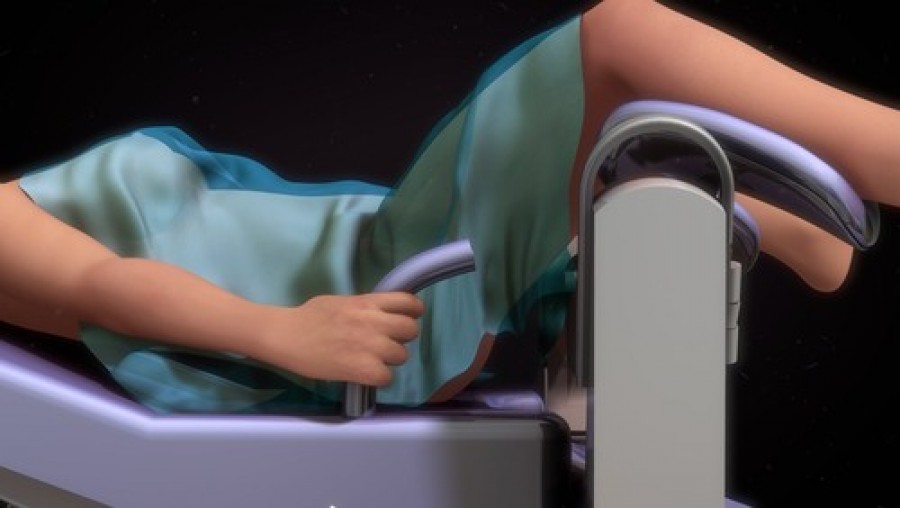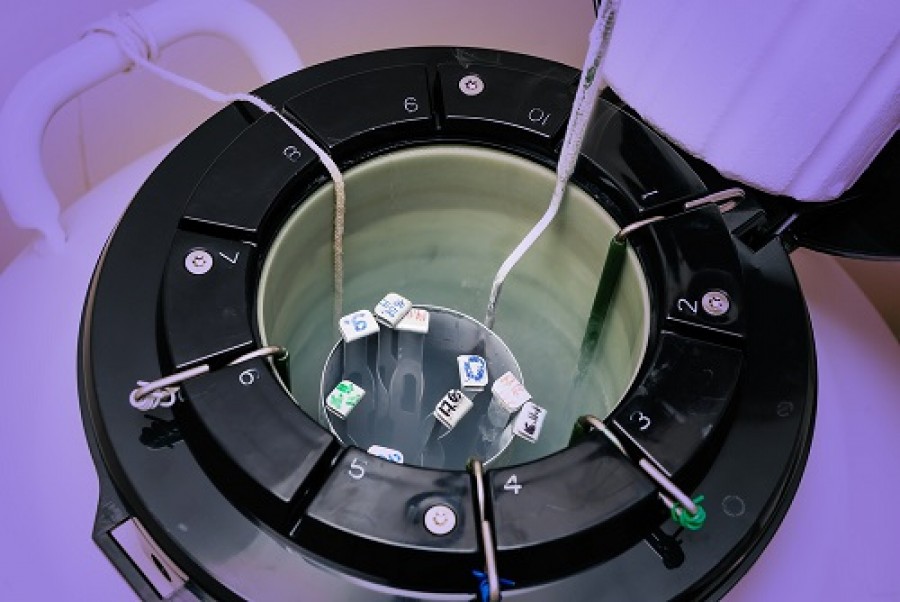Embryo Transfer: Everything You Need to Know

After a full fertility investigation and diagnosis has been carried out for you and your partner, your fertility specialist will discuss with you the best options for treatment and success for falling pregnant.
One of the most common treatment procedures recommended for couples who have struggled to fall pregnant naturally for a while is In Vitro Fertilisation (IVF).
This is the process of fertilising your egg with your partners, or a donors sperm, outside of the uterus, and then reintroducing the fertilised embryo back into the uterus in order to grow.
The final stage of the IVF process is the Embryo transfer!
It is the most important step in the entire process, as once the egg is fertilised, it has every chance of growing to term, so long as the transfer is made successfully.
What does the embryo transfer procedure involve?
Embryo transfer is not painful, and does not require any sedation or anaesthetic.
It is a very similar procedure to having a Pap, or smear, test carried out.
Your doctor will use a small catheter to load the embryos.
This is then passed through the cervix (as with a Pap test) and placed further up into the uterine cavity.
Your doctor will use an ultrasound at the same time, so they can see where the catheter is and ensure they are directing it to the best possible location for the embryos.
When your doctor is confident they have the best possible location, they will unload the embryos from the catheter.
Then, they will carefully remove the catheter and check under microscope to ensure that all of the embryos have been transferred into the uterine cavity.
What if there are embryos left in the catheter?
If after examining the catheter, your doctor discovers that some embryo cells have not been transferred properly, they will repeat the procedure to ensure all fertilised embryos are delivered into the uterine cavity.
Do I need to do anything to prepare for the procedure?
Your doctor will give you proper guidance and instructions to prepare for the procedure.
This typically includes ensuring you have a relatively full bladder, as this aids the transfer in two ways.
Firstly, it allows for a good visual via the ultrasound for where your doctor will place the catheter and transfer the embryos to.
Secondly, it helps to ‘lift up’ the uterus to a better angle which can help the process, and make the transfer less traumatic for the embryos.
How many embryos are transferred at a time?
Your doctor will select an appropriate number of fertilised embryos ready for transfer.
They will discuss this with in more detail, prior to the procedure being carried out!
Clinics and different specialists can vary on the number of embryos they transfer.
More than one, but not more than four, is usually chosen for the procedure as this increases the chances of one of the eggs ‘sticking’ and being able to grow to full term.
Not every fertilised egg will ‘stick’ unfortunately, which is why the timing of the embryo transfer, and the location of where the fertilised eggs are placed is very crucial to ensure the best possible chance of pregnancy.
What are the success rates of embryo transfer?
There are a number of factors that will impact on whether an embryo transfer will be successful.
Your doctor will discuss any specific ones that relate to you, based on their previous investigations and diagnosis for the causes behind your fertility challenges.
The biggest indicator of a successful embryo transfer is a woman’s age.
IVF Australia reported that, on average, women under 30 years of age are 40.1% likely to have a successful transfer. This percentage ranges down to 8.5% for women over the age of 40.
Most clinics will discuss with you their own particular success rates, including embryo transfers that carried to full term and resulted in a healthy pregnancy.
Remember: just because an embryo transfers successfully, this does not always mean it will be healthy enough to carry to full term.
It’s a good idea to discuss this as a success rate with your doctor, as well as the number of transfer that are successful.
Why do embryo transfers fail?
There is no straightforward answer for why embryo transfers fail.
As mentioned above, there are a number of factors that impact this, and it is not always known whether it is down to an unhealthy embryo, or a failure within the uterus.
Many women will undergo one or more rounds of embryo transfer before securing success.
What can I do aid the embryo transfer being successful?
After the initial procedure, your doctor will probably recommend that you spend an hour or so laying down on your back, and to limit any intense physical activity for the next couple of days to give the embryos the best chance of success.
The first few days after your transfer, make sure you get plenty of rest and try not to worry too much about the outcome.
Stress and anxiety can have a very negative impact on your emotional and physical health, so try to stay relaxed and do light activities to take your mind of things.
Steer away from intense physical activity, and sex, until after you have completed a pregnancy test.
When can I take a pregnancy test after embryo transfer?
Your doctor will give you full advice and guidance, but it is generally recommended that you wait until 9-11 days after the initial transfer before carrying out a pregnancy test.
That might sound like a long time to wait! But you need to give the embryo a chance to attach to the lining of the uterus and ‘hatch’.
Your doctor will again let you know, but many clinics will not recommend a home urine pregnancy test at this stage, as it might not pick up on the early hormonal indications of pregnancy.
Following an embryo transfer, your doctor can carry out a blood test which will be more conclusive in detecting successful pregnancy hormones.
What if I don’t get pregnant?
Unfortunately, there are no 100% guarantees with IVF and embryo transfer.
Depending on whether this is your first transfer, or your third, your doctor may want to carry out further tests to try and figure out if there is something they might have missed that they can help to address before carrying out further transfers.
Many women do not fall pregnant on their first transfer, it often takes two of three attempts.
If it was your first transfer, the important thing is to stay positive and hopeful and seek support from your doctor.
It can be extremely disappointing to get a negative pregnancy result after all that work, so make sure you seek professional counselling from a fertility specialist so you don’t let your thoughts overwhelm you.
Most Viewed
-
5 Common Methods of Contraception
Last updated On by Percy Oad -
How to Cope with Male Infertility
Last updated On by Alina -
What is the Difference Between Primary and Secondary Infertility?
Last updated On by Madison -
How to start a child-free life after infertility
Last updated On by Jacinta








